|
|
|||
|
(Back to Preceding Week; on to Next Week) |
|
Join Us for the |
|
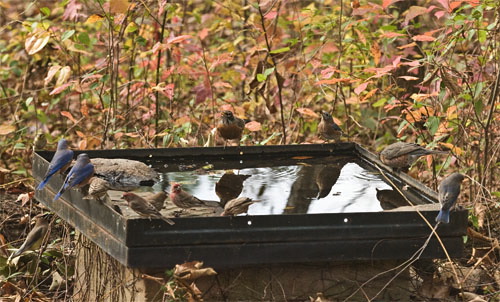
All text & photos © Hilton Pond Center Backyard birdbath at Hilton Pond Center, with three American Robins, three Eastern Bluebirds, five House Finches, one American Goldfinch, and a Cedar Waxwing (on ground at lower left). THE IMPORTANCE OF WATER When we give natural history talks around the country, audience members often ask our opinion on the best way to attract birds and other wildlife to one's backyard in winter. Folks usually expect us to say they should put out lots of feeders containing seeds, suet, and other energy-rich consumables, but that's actually our THIRD recommendation. Our SECOND suggestion is to develop suitable habitat--a good mix of trees, shrubs, vines, and herbaceous plants--all of which provide nesting sites, natural foods, and shelter from predators and the elements. Without question, however, our FIRST advice for the most effective way to attract winter birds and wildlife is to offer copious amounts of clean, fresh water for drinking and bathing. At Hilton Pond Center and elsewhere, days and months of heavy drought across much of the Southeast bring home the importance of water for wild creatures and humans alike.
All text & photos © Hilton Pond Center Lack of water isn't something new here at Hilton Pond Center. As recently as the late 1990s and early 2000s we experienced a "five-year" drought that dropped Hilton Pond itself to all-time low levels--even lower than what we're experiencing as of November 2007 (above). The big difference between then and now is it rained periodically during the five-year span, bringing sufficient moisture to keep landscapes reasonably green but not enough to fill reservoirs. This year, however, we haven't had significant rainfall since late July--less than an inch in a five-month period that on average would have seen at least a 15" of precipitation--and that means pond levels are dropping ever-faster, plants are suffering, and animals are having to travel significant distances to find potable water. American humorist Mark Twain once said everybody talks about the weather, but nobody does anything about it. He was right, of course; however, we humans can't really be held at fault when controlling weather isn't within our power. What we CAN control is how we use and conserve water that comes to us--thanks to weather's awesome power. People in so-called "Third World" countries do a pretty good job of conserving water, mostly because just getting that resource often requires a great deal of effort. Imagine if you had to walk a mile or two from your home with a dozen plastic jugs to fill them at a neighborhood well and then return with the containers draped over your shoulders. Or if you or your child had to transport the day's water allotment in pots and jugs balanced on your head--as demonstrated by a four-year-old from Malawi in southern Africa (above right). A gallon of fresh water weighs eight pounds, and the average American citizen uses an incredible 100 gallons of water per day. How far could the average American carry that? In Third World cultures every drop of water is cherished, and such a precious resource isn't used carelessly as is often the case within countries that consider themselves to be "modern."
Then there's that new three-story McMansion on a main road from York to Rock Hill SC. We couldn't understand how it still has an emerald-green lawn during the current water shortage and drought restrictions. The mystery was solved when we rode past one day before dawn . . . when the sprinklers were going full blast (above), watering every square inch of grass and an entire lane of asphalt highway that adjoined it. And did we mention they guy who sent a letter to the local newspaper saying he had on good authority that all cars needed to be washed EVERY WEEK, lest their paint begin to corrode and bubble--greatly diminishing the value of the vehicle? So much for logic. (The "authority" turned out to be the owner of a car wash.)
We've never been big fans of lawns and can't figure why folks feel the need to have them--especially where expanses of grass are completely alien. One of our most shocking--and disappointing--environmental experiences came about 20 years ago when we visited southern Arizona to explore the Great American Desert. En route we flew over New Mexico and looked out the cabin window, marveling at and excited by the arid brown landscape below. But as we crossed over into Arizona and began our descent into Phoenix, everything suddenly turned from tan to green. It seems nouveau residents of Phoenix (and Tucson to the south) had moved to the desert, built houses, The photo above of a Phoenix subdivision says it all. Note particularly the size of the lawns in front of the two houses at top, realizing the big house with a white roof is about a hundred feet long. Fortunately, residents of the house at lower right had a better idea: No grass, just native shrubs and trees. Oddly, some Phoenix folks reportedly moved west to get away from allergies caused by grasses in their old homes Back East, so installing lawns not only displaced native plants and increased water demand, it created a new source of hay fever allergens the newcomers had tried to escape. Go figure.
If desert dwellers can't figure out how to conserve water, we ought not be surprised residents of the Carolinas--accustomed to and spoiled by several FEET of rain each year--sometimes don't catch on to water conservation. York County SC, in gray on the map above and home of Hilton Pond Center--is fortunate to be bordered by two of the state's great rivers. To the east is the Catawba, which originates at Lake James in the North Carolina mountains and flows for 220 miles before joining the Wateree River at Great Falls. To our west is the Broad River that begins at nearly the same spot as the Catawba and parallels it southward to join the Saluda at Columbia where it forms the Congaree. The Wateree and Congaree Rivers themselves merge to form the Santee. By the time the collective waters of these rivers have finally entered the Atlantic Ocean just south of Georgetown we humans have dumped in all manner of chemicals and trash and so restricted our rivers' flow they are mere shadows of their natural, original glory.
We throw food wastes in the sink, grind it with the garbage disposal, and wash it down the drain. We use gallons of water to flush a cup of urine from the toilet. And we take perfectly harmless gray water from our bathroom showers and pipe it into the sewer system. All this waste water then goes to a treatment plant (above), where chemicals are added to counteract disease, remove odor, and clarify the dye that someone thought should be added to toilet paper to make it match the bathroom wall. For many homeowners a compost pile would be far preferable to the garbage disposal, and gray water from their showers could be put to much better use on drought-stressed trees and shrubs. (If you MUST use tap water for landscape plants, at least install drip irrigation lines that are far more efficient than a sprinkler system.) We admit toilets are a necessity--unless you live in the woods and can step outside--but it would help enormously if folks would simply heed that memorable ditty and flush less often: "If it's yellow, let it mellow. If it's brown flush it down." Furthermore, we baby boomers might do well to commemorate the Woodstock era of our youth by resurrecting that 70's maxim: "Shower with a friend."
Yes, we Carolinians are in a serious drought, but we still act selfishly when it comes to our aqueous resources. Of all the Earth's water, 97% lies in our oceans--salt-laden and undrinkable by most terrestrial animals and plants. Of the 3% of freshwater that could be used, 68.7% is tied up (for now) in icecaps and glaciers, 30.1% is groundwater in deep aquifers, and 0.9% is in surface soil and clouds. A mere 0.3% is surface water in rivers, streams, lakes, and ponds where it can be accessed with relative ease by humans and wildlife--including Raccoons leaving their paw prints (above) on the ever-widening mudflats around Hilton Pond. In Carolinas counties through which the Catawba River flows, most towns and cities take their drinking water from the river or from lakes it forms. At its headwaters, the Catawba is fed by springs that, in turn, draw their water from underground. Water got there in the first place because rain fell and percolated through the soil and bedrock beneath to form aquifers at various depths. Without rainfall, those aquifers cannot be refreshed, and without water conservation those aquifers and our tributaries will dry up--maybe sooner than we think.
All text & photos © Hilton Pond Center Most of us treat water the same way we treat the rest of our natural resources--as though they were limitless and will be available forever no matter how recklessly we use them. When thinking about our current water shortage, we are reminded of a story told us by old friend Jim Shuman, education chair at St. Lawrence University and the guy that got us into birding. On a field trip long ago, Jim pulled an apple and a penknife from his pocket and started carving away, suggesting we think of the apple as the Earth. First he whittled out a quarter section and put away the rest, reminding us that 75% of the Earth is underwater and uninhabitable by humans. Then he took the 25% representing terra firma and cut it into thirds, with the comment that 33% of that land is high mountains with low oxygen and another 33% is desert--two habitats that are likewise inhospitable. Most of the final third of unsubmerged Earth is actually subterranean, forcing us to live on the planet's crust--symbolized by the skin covering a mere one-twelfth of the apple. "And what do we do with that crust?" Jim Shuman asked, as he popped the apple skin into his mouth. "Why, we devour it, of course, with little regard for what the consequences will be."
Our drinking water is part of that "skin," and we really MUST do a better job of conserving the Earth's crust and its drinkable water for the sake of humans and wildlife alike. In times of drought OR plenty, it's imperative we use water wisely. Tuck a barrel under your downspout to catch rainwater for your shrubs and trees--or to replenish your backyard birdbath for everything from American Robins to Cedar Waxwings (above) and even Common Grackles (below). Replace grassy lawns with mulched areas showcasing drought-tolerant native vegetation. Compost leaves and kitchen waste. Monitor toilet flushes and shower use, and don't let the tap run constantly while shaving or brushing your teeth or washing the car. Every little bit DOES help at Hilton Pond and elsewhere. Too bad it's only when we start running out that some folks realize the real value and importance of water.
All text & photos © Hilton Pond Center
Comments or questions about this week's installment?
Thanks to the following fine folks for recent gifts in support of Hilton Pond Center for Piedmont Natural History and/or Operation RubyThroat: The Hummingbird Project. Your tax-deductible contributions allow us to continue writing, photographing, and sharing "This Week at Hilton Pond." (Please see Support if you'd like to make a gift of your own.)
IMPORTANT NOTE: If you ever shop on-line, you may be interested in becoming a member of iGive, through which nearly 700 on-line stores from Barnes & Noble to Lands' End will donate a percentage of your purchase price in support of Hilton Pond Center and Operation RubyThroat. For every new member who signs up and makes an on-line purchase iGive will donate an ADDITIONAL $5 to the Center. Please sign up by going to the iGive Web site; as of this week, 197 members have signed up to help Hilton Pond Center. It's a painless, important way for YOU to support our work in conservation, education, and research. "This Week at Hilton Pond" is written & photographed You may wish to consult our Index of all nature topics covered since February 2000. You can also use our on-line Hilton Pond Search Engine at the bottom of this page. For a free, non-fattening, on-line subscription to |
|
Make direct donations on-line through
Network for Good: |
|
|
LIKE TO SHOP ON-LINE?
Donate a portion of your purchase price from 700+ top on-line stores via iGive: |
|
|
Use your PayPal account
to make direct donations: |
|
| The highly coveted Operation RubyThroat T-shirt --four-color silk-screened--is made of top-quality 100% white cotton--highlights the Operation RubyThroat logo on the front and the project's Web address (www.rubythroat.org) across the back.
Now you can wear this unique shirt AND help support Operation RubyThroat: The Hummingbird Project and Hilton Pond Center. Be sure to let us know your mailing address and adult shirt size: Small (suitable for children), Medium, Large, X-Large, or XX-Large. These shirts don't shrink! Price ($21.50) includes U.S. shipping. A major gift of $1,000 gets you two Special Edition T-shirts with "Major Donor" on the sleeve. |
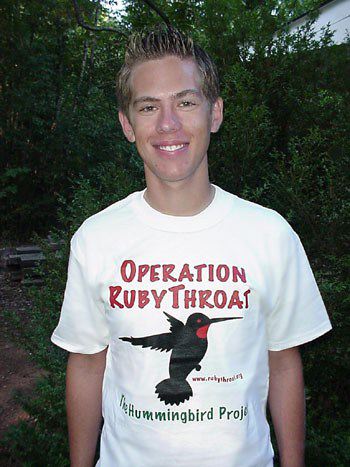
Need a Special Gift just in time for the Holidays? (Or maybe you'd like to make a tax-deductible donation during 2007) If so, why not use our new handy-dandy on-line Google Checkout below to place your secure credit card order or become a Major Donor today? |
|
|
|
|
SPECIES BANDED THIS WEEK: Yellow-rumped Warbler--1 * = New species for 2007 WEEKLY BANDING TOTAL 9 species 76 individuals YEARLY BANDING TOTAL (2007) 65 species 1,794 individuals 26-YEAR BANDING GRAND TOTAL (since 28 June 1982) 124 species 49,877 individuals NOTABLE RECAPTURES THIS WEEK (with original banding date, sex, and current age) Carolina Chickadee (1) American Goldfinch (3) Dark-eyed Junco (1) Song Sparrow (1) White-throated Sparrow (2) Carolina Wren (1) Tufted Titmouse (1)
|
OTHER NATURE NOTES OF INTEREST --This week we were honored to represent Holbrook Travel, which handles logistics for our Costa Rica hummingbird expeditions, on an invited panel at the National Association of Biology Teachers annual conference in Atlanta. Our topic was the importance of "citizen science." We were also out of town for a few other days, so banding totals at left represent only four full days and one partial day of banding during of the nine-day period 22-30 Nov. --Fox Sparrows continue to frequent the areas beneath our feeders. One of our least common sparrow species at Hilton Pond Center, these big rusty birds have appeared almost every day for the past several weeks. --Windy conditions during the period have brought down all the leaves from some species of trees--our big Shagbark Hickory, for example--but foliage remains on many canopy trees such as White Oaks and Southern Red Oaks. Falling leaves in autumn are the bane of the bird bander who deploys mist nets, so we wish all the deciduous trees around Hilton Pond would just drop all their dead leaves at one time--and at night when our nets are closed. --The 17th annual York/Rock Hill SC Christmas Bird Count will be compiled by Hilton Pond Center on 22 Dec 2007. As always, we're looking for volunteers who'd like to help census local birds on that day. No experience necessary--just binoculars and a field guide. Homebound folks within the count circle can contribute. Click on the link above for details. All text & photos © Hilton Pond Center
|
|
|
|
(Back to Preceding Week; on to Next Week) Up to Top of Page Back to This Week at Hilton Pond Center Current Weather Conditions at Hilton Pond Center |
 You can also post questions for The Piedmont Naturalist |
Join the |
Search Engine for |
|
|
Dell Online Coupon


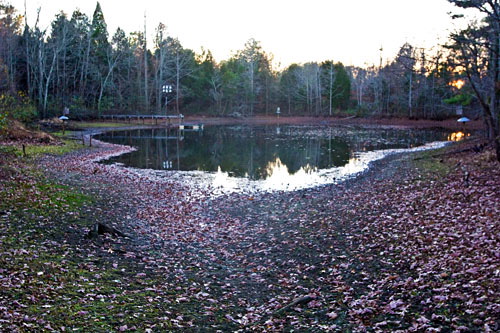
 At least animals that CAN travel are doing so; those like dragonfly larvae and freshwater clams and fish that live fully aquatic lifestyles have nowhere to go when their ponds and streams dry up.
At least animals that CAN travel are doing so; those like dragonfly larvae and freshwater clams and fish that live fully aquatic lifestyles have nowhere to go when their ponds and streams dry up. We try not to editorialize overtly in our "This Week at Hilton Pond" essays, but the recent drought and frivolous activities we've observed have moved us to comment. For example, across the Carolinas city officials have declared a Stage 3 drought, which means homeowners may not use municipal water to wash cars or water lawns. So what has been the response of some residents? Why, they've placed the appearance of their lawns ahead of the public good and paid to drill private wells (above left) just so they can water their grass--apparently clueless that private wells tap into the same underground aquifers that may provide water for municipal wells. As one well-drilling homeowner shamelessly told us last week: "I spent a lot of time and money getting my yard in perfect shape, and I'm not about to let water restrictions keep me from maintaining it." Just as bad are neighborhood associations that punish members who want to install drought-tolerant native plants instead of water-sucking monocultures of Bermuda grass . . . groomed to exactly three inches in height to match that of the lawns next door and down the street.
We try not to editorialize overtly in our "This Week at Hilton Pond" essays, but the recent drought and frivolous activities we've observed have moved us to comment. For example, across the Carolinas city officials have declared a Stage 3 drought, which means homeowners may not use municipal water to wash cars or water lawns. So what has been the response of some residents? Why, they've placed the appearance of their lawns ahead of the public good and paid to drill private wells (above left) just so they can water their grass--apparently clueless that private wells tap into the same underground aquifers that may provide water for municipal wells. As one well-drilling homeowner shamelessly told us last week: "I spent a lot of time and money getting my yard in perfect shape, and I'm not about to let water restrictions keep me from maintaining it." Just as bad are neighborhood associations that punish members who want to install drought-tolerant native plants instead of water-sucking monocultures of Bermuda grass . . . groomed to exactly three inches in height to match that of the lawns next door and down the street.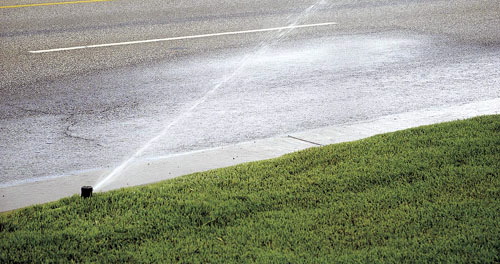
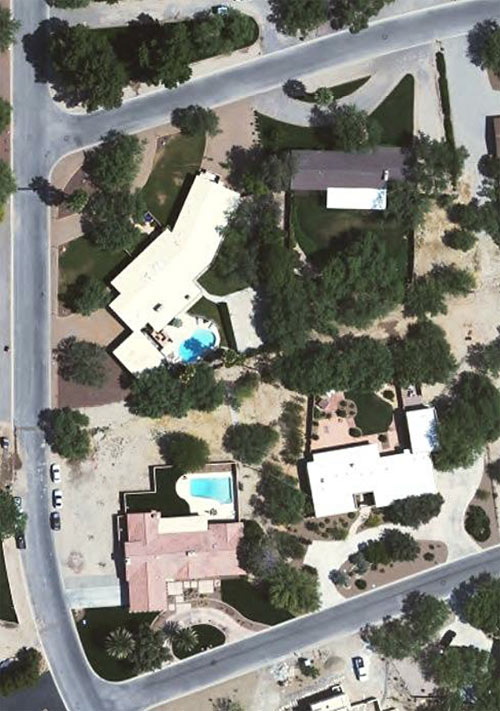
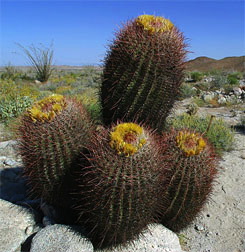 and planted water-hungry lawns--right where Barrel Cacti (right) and yuccas were the norm and where average annual rainfall might be measured in mere fractions of an inch.
and planted water-hungry lawns--right where Barrel Cacti (right) and yuccas were the norm and where average annual rainfall might be measured in mere fractions of an inch. 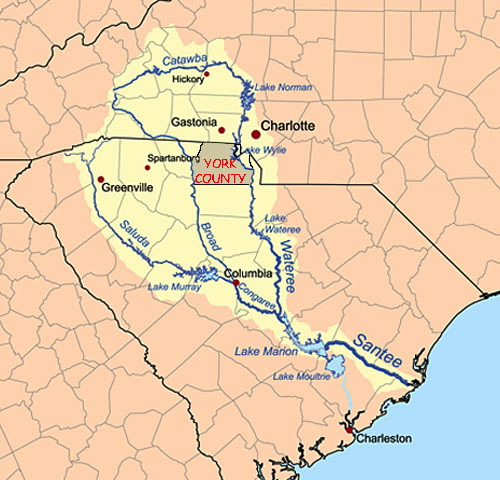

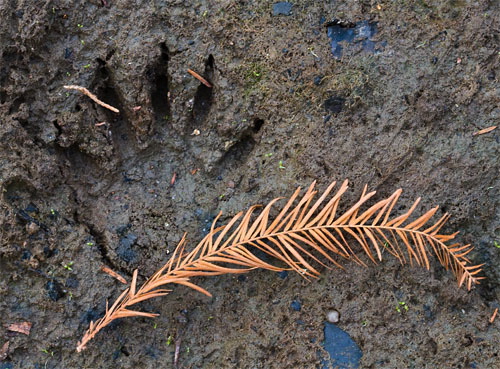
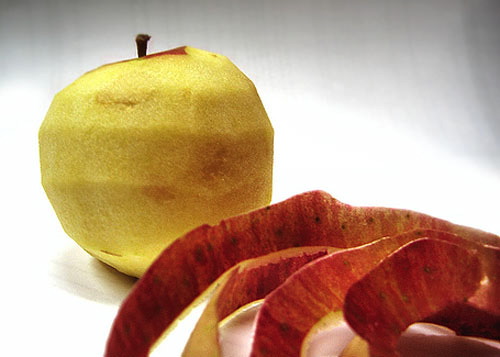
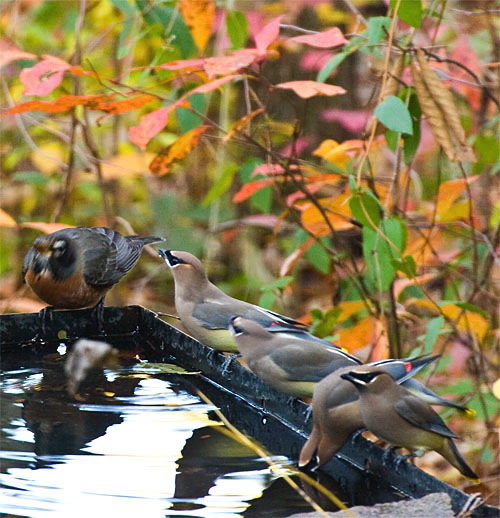
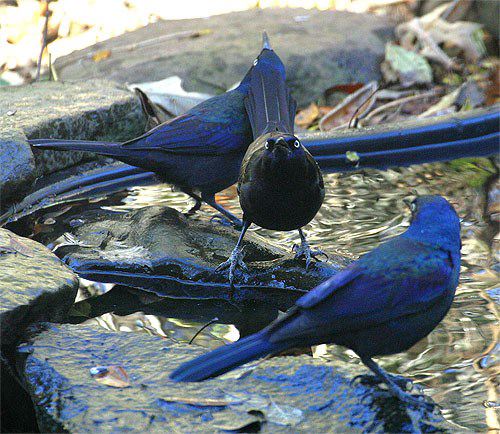


 Oct 15 to Mar 15:
Oct 15 to Mar 15: